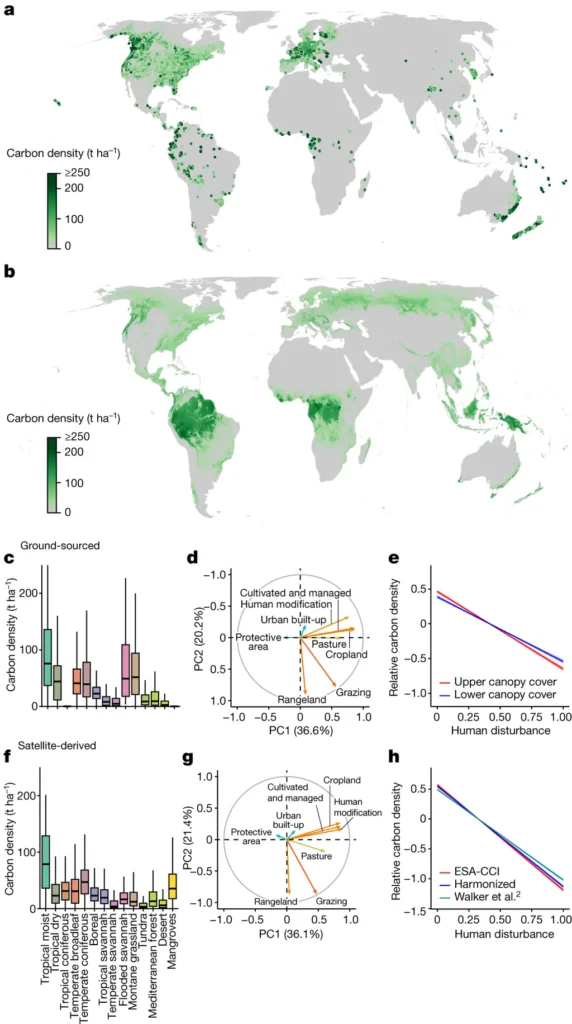In the heart of northern Germany, a unique experiment is unfolding, one that could reshape how we measure and understand the environmental benefits of agroforestry systems. Dr. J. Á. Callejas-Rodelas, a researcher from the University of Göttingen’s Bioclimatology department, has been leading a study that aims to improve the accuracy of eddy covariance measurements in heterogeneous agroforestry systems. The findings, published in the journal “Life Sciences in Space Research,” could have significant implications for the energy sector and our understanding of carbon sequestration.
Agroforestry systems, which integrate trees with crops and sometimes livestock, have gained attention for their potential environmental benefits. These systems can sequester more carbon, improve microclimates, and reduce erosion compared to traditional open-cropland agricultural systems. However, their spatial heterogeneity poses challenges for accurate measurements of carbon dioxide, latent heat, and sensible heat fluxes using eddy covariance towers.
“Spatial heterogeneity in terrestrial ecosystems compromises the accuracy of eddy covariance measurements,” Dr. Callejas-Rodelas explained. “Agroforestry systems, with their diverse mix of trees and crops, are particularly challenging. Our study aimed to quantify the spatial variability of fluxes in such systems and explore whether lower-cost eddy covariance setups could offer a solution.”
The study involved a distributed network of three lower-cost eddy covariance setups across a heterogeneous agroforestry system. The campaign, which ran from March 2023 until September 2024, revealed that the spatial variability of fluxes was largest for carbon dioxide, attributed to the effect of different crops (rapeseed, corn, and barley) within the flux footprints. Differences between fluxes across towers were enhanced after harvest events. However, the temporal variability due to seasonality and diurnal cycles was larger than the spatial variability across the three towers.
When comparing fluxes between the agroforestry and the open-cropland systems, the study found that weekly sums of carbon and evapotranspiration fluxes followed similar seasonality, with peak values during the growing season. The variation in magnitude depended on the phenology of the different crops.
The study’s results suggest that the spatial heterogeneity across the agroforestry system was better captured by the network of three eddy covariance towers. This supports previous findings that spatial heterogeneity should be taken into account in eddy covariance studies and that lower-cost setups may offer the opportunity to bridge this gap and improve the accuracy of eddy covariance measurements above heterogeneous ecosystems.
The implications for the energy sector are significant. Accurate measurements of carbon sequestration in agroforestry systems can inform policies and practices aimed at mitigating climate change. Moreover, the use of lower-cost eddy covariance setups could make such measurements more accessible and widespread, leading to better-informed decisions in the energy sector.
As Dr. Callejas-Rodelas noted, “This research underscores the importance of considering spatial heterogeneity in eddy covariance studies. By doing so, we can improve the accuracy of our measurements and gain a better understanding of the environmental benefits of agroforestry systems. This, in turn, can inform policies and practices aimed at mitigating climate change and promoting sustainable land use.”
The study’s findings could pave the way for future developments in the field, including the integration of lower-cost eddy covariance setups into larger-scale monitoring networks. This could provide a more comprehensive understanding of the environmental benefits of agroforestry systems and their role in mitigating climate change. As the world grapples with the challenges of climate change, such research is more important than ever.

